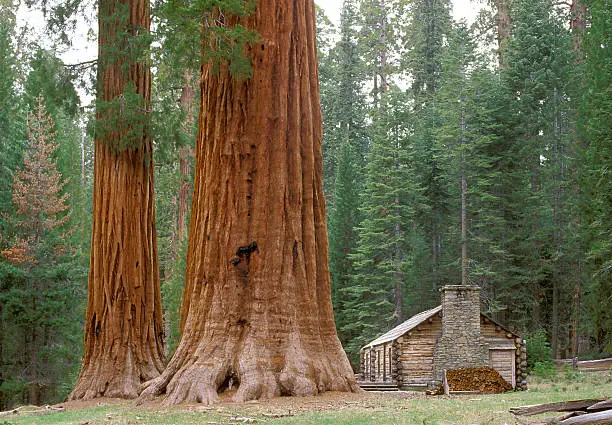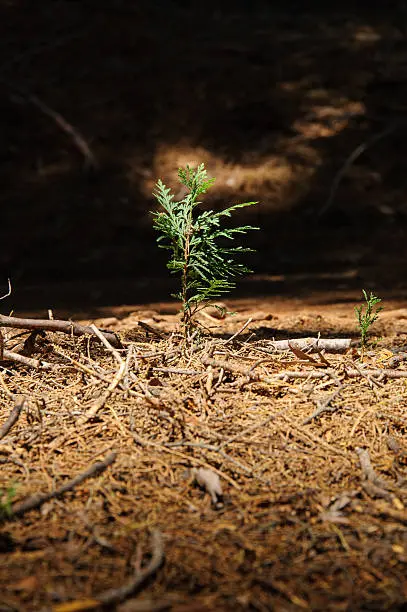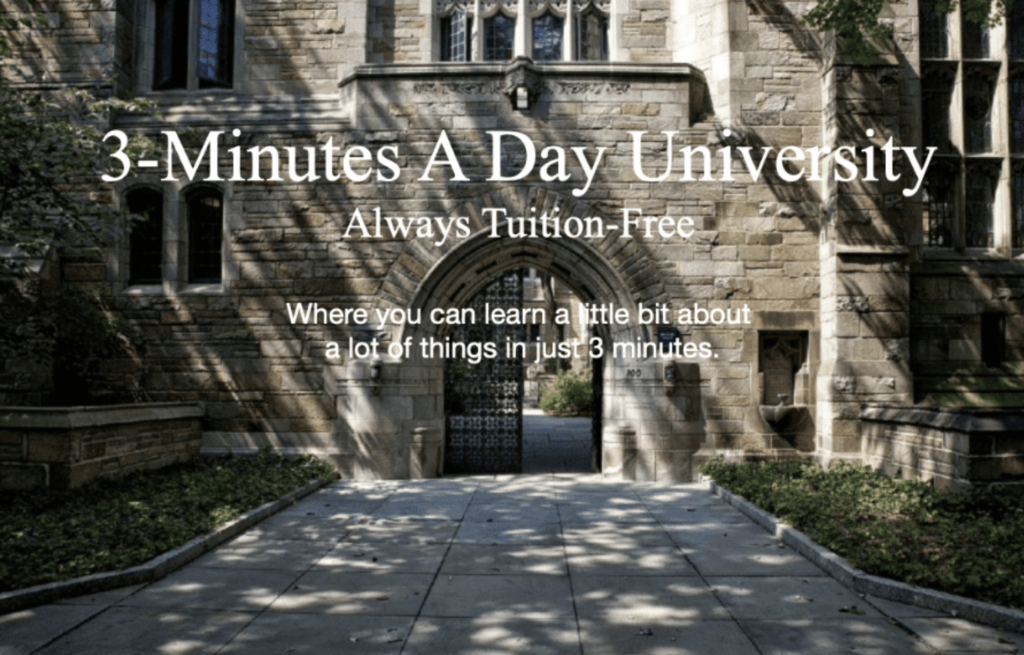Anyone who has ever enjoyed the majesty and powerful presence of America’s massive Redwoods and giant Sequoias will remember the exhilaration they felt the first time they saw them. These extraordinary trees, some of which may live for up to 3,000 years, should never be taken for granted. The current health of America’s giant redwoods, including coast redwoods and giant sequoias, presents both challenges and progress.
The coast redwood ecosystem is in a state of caution. Only 5% of the original old-growth forest remains, indicating significant concern. Fragmentation from roads, development, and agriculture affects nearly 40% of the ecosystem. This fragmentation impacts the quality of habitats along the forest edge. There is a significant concern regarding fire readiness, with 88% of the ecosystem burning less frequently than before European settlement, increasing vulnerability to severe fires. Only 22% of the coast’s redwood forest is protected from logging and development, requiring increased conservation efforts.

Severe wildfires have killed up to 20% of mature giant sequoias since 2015. Efforts to improve wildfire resilience have been substantial, with nearly 9,900 acres treated in 2023 alone, more than doubling the previous year’s efforts. The Giant Sequoia Lands Coalition has planted over 542,000 native tree seedlings in burned areas over the past two years. This work aims to restore areas that experienced high wildfire intensity and low natural regeneration. The coalition has increased coordination among various stakeholders, including federal agencies, tribes, and non-profits, to implement effective restoration and management practices.

Both ecosystems face ongoing challenges from climate change, human activities, and invasive species. Continuous conservation and restoration efforts are crucial to ensure the long-term health and resilience of these iconic forests.

Giant sequoias (Sequoiadendron giganteum) are among the longest-lived organisms on Earth. They typically live for several thousand years. The average age of a mature giant sequoia is around 1,000 to 3,000 years, with many trees in this age range found in the sequoia groves of the Sierra Nevada mountains in California.
Some of the oldest known giant sequoias are estimated to be over 3,000 years old. For example, the President Tree in Sequoia National Park is estimated to be around 3,200 years old. These ancient trees have witnessed countless natural events and changes in their environment over millennia, making them invaluable to scientists studying long-term ecological and climate changes.
What Can We Do To Help?
To aid the preservation of giant sequoias and coast redwoods, several critical actions are necessary:
1. Expand Protected Areas
Increasing the amount of land under protection is essential. Only 22% of coast redwood forests and a portion of giant sequoia groves are currently highly protected from logging, development, and other destructive activities. Expanding protected areas would help preserve these ecosystems from further fragmentation and degradation. The Save the Redwoods League has more information.
2. Enhance Fire Management
Improving fire management practices is crucial, particularly in light of increasing wildfire risks due to climate change. Actions include:
- Controlled Burns and Thinning: Implementing controlled burns and thinning practices to reduce the buildup of hazardous fuels and decrease the severity of wildfires.
- Fire Readiness: Preparing ecosystems for increased fire frequency by enhancing fuel management and restoring the natural fire regime that many sequoia and redwood forests historically experienced.
3. Restore Degraded Areas
Active restoration of degraded forest areas is necessary. This includes:
- Reforestation: Planting native trees in areas that have been severely burned or logged. Over the past two years, more than 542,000 native seedlings have been planted in giant sequoia groves, a practice that needs to continue and expand.
- Habitat Restoration: Removing nonessential infrastructure and relocating agriculture or developments that fragment the forest to improve habitat quality and connectivity.
4. Research and Monitoring
Continuous research and monitoring are vital for understanding the health of these forests and the impacts of various stressors. This includes:
- Climate Change Studies: Investigating the effects of climate change on forest health and developing adaptive management strategies.
- Pest and Disease Management: Studying and managing the impacts of pests and diseases, such as bark beetles, which threaten the health of these trees.
5. Policy and Funding Support
Securing long-term funding and policy support is crucial for sustained conservation efforts. This involves:
- Government and NGO Collaboration: Strengthening collaboration between federal, state, and local governments, as well as non-governmental organizations, to coordinate conservation actions and pool resources.
- Public Funding: Advocating for increased public funding to support conservation programs, fire management, and restoration projects.
6. Community Engagement and Education
Engaging local communities and educating the public about the importance of these forests can foster greater support for conservation efforts. This includes:
- Cultural Practices: Reviving and incorporating traditional ecological knowledge and practices, especially those of Indigenous tribes, into forest management.
- Public Awareness Campaigns: Running campaigns to raise awareness about the ecological and cultural significance of redwoods and sequoias.
By implementing these strategies, we can improve the resilience and health of America’s giant redwoods and ensure their preservation for future generations.
Extra Credit: This 7-minute video is full of fascinating views, rare photographs, and interesting facts. I seriously think you will not regret watching.

Welcome to 3-Minutes A Day University, where you can learn a little about a lot of things every day in three minutes or less. We help you expand your knowledge and understanding of the real world, and 3-MAD University is tuition-free. Our wide-ranging syllabus includes a fascinating insight into topics including Health and Medicine, Science, Sports, Geography, History, Culinary Arts, Finance and the Economy, Music and Entertainment, and dozens more. You will impress yourself, your friends, and your family with how easy it is to learn facts and perspectives about the world around you. One topic you will never find covered is politics. We hope you enjoyed the previous three minutes. If you liked this post, please pass it along to a friend.
Was this email forwarded to you? Subscribe Here.
© Copyright 2024. 3-Minutes A Day University All Rights Reserved. Unsubscribe

